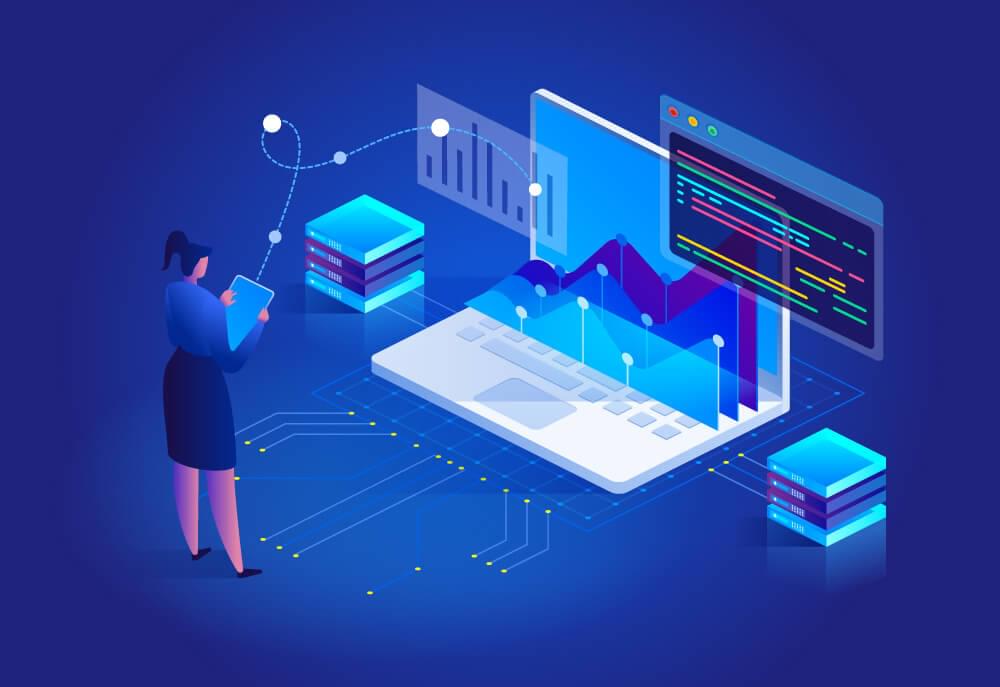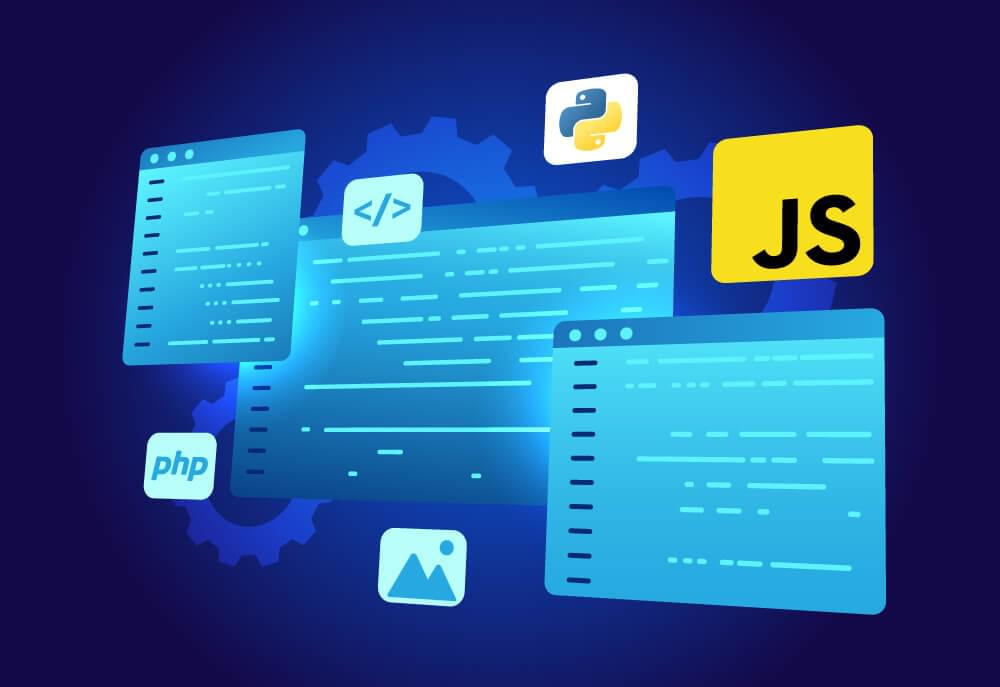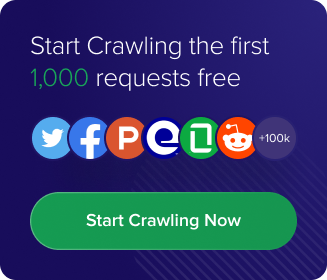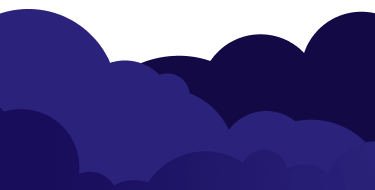Scraping data from numerous websites is a daunting task due to the vast amount of information generated daily. Trying to collect this data manually would be impractical. Instead, you need a large-scale web scraping approach to efficiently retrieve it.
Scraping multiple websites on a large scale may seem difficult at first because of the many challenges involved. However, there are solutions available. This guide will provide an overview on everything you need to know to scrape thousands of websites at once.
In addition, we will explore methods for scraping thousands of websites simultaneously. If you’re interested in gathering data from multiple e-commerce platforms or numerous other sites, we’ll cover the techniques you need to know.
What is Web Scraping?
Web scraping, also known as data harvesting, is gathering large amounts of information from the internet and storing it in databases for later analysis and use as required.
Web harvesting entails extracting data from search page results as well as a deeper search of the content concealed inside web pages. Because of the HTML code, this additional information is frequently hidden from search engines. In order to extract valuable parts, the method scans material in the same way as human eyes do, eliminating characters that do not form coherent words.
When a web scraper wishes to extract a website, it first loads all of the HTML code provided for the website and extracts every available information on the website. Web scraping technique allows to extract non-tabular or poorly structured data from websites and convert it into a structured format, like a .csv file or spreadsheet. Web scrapers can extract all of the information on a website or just the information a user wants. The scraper is given the instructions for the specific parts to be scraped in selective web scraping. Any site can be scraped however, many seek to protect themselves from unwanted scraping. You can read the “robots.txt” file on most websites to see if they allow scraping.
The other term associated with web scraping is web crawling. Both of the techniques are interrelated and primarily implemented together to serve the same purpose of web extraction. The role of crawlers is to crawl through all the web pages of the target site for indexing. In contrast, scrapers create a replica of the webpage and store it in the database by extracting every piece of information from the website.

Currently, most organizations are moving towards a data-driven approach for strategic decisions based on data analysis and interpretation. Techniques like web harvesting have excellent potential to play a vital role in the growth of every organization.
For instance, scraping multiple e-commerce websites of their competitors to extract information about prices, details, etc. They then use this information to adjust their prices and implement strategies accordingly. Some of the significant usages of web scraping include:
- E-commerce price monitoring
- Machine learning model enhancement
- Sentiment analysis
- E-mail marketing
- Lead generation
If you know how to get it, this information can be highly beneficial for your organization. Scraping data, on the other hand, requires technical expertise, and it has some roadblocks that need to be rectified to navigate the web successfully. Scraping is also done manually, which is quite a laborious process the other way is to build a scraper that requires technical expertise and an appropriate proxy server.
Web Scraping Software

The web data scraping process by specialized software fetches data from the Internet and places it into files for an end-user. It provides a role similar to that of a search engine but is more advanced.
There are two well-known and widely used methods for scraping data from the web: generic web scraping software and writing code. You can use ready-made software or create your script. A variety of software tools are available to scrape data from the internet.
Web scraping software is further divided into two categories. The first can be installed locally on your computer, and the second is cloud browsed web application, like Crawlbase, which you don’t need to install on your system and access the complete web harvesting and crawling tools. You don’t need to worry about blocks and CAPTCHAs, as the web scraping tools handle them independently.
Here are notable features of web scraping software:
- Text can be scraped from any website
- Extract HTML code
- Retrieve images or diagrams from web pages
- Export extracted data to a spreadsheet, .csv and JSON
- OCR (Optical character recognition) for fetching texts
- Schedule and automate data extraction
While considering a web harvesting tool, one must keep a few factors in mind like:
- Header Support: To scrape most websites, correct headers are required. If you want to access a site that requires headers, be sure that the scraping tool you use allows you to modify them.
- Automation: Data filtering and extraction are automated in many online scraping tools. This is crucial functionality for web scraping if you don’t have another text filtering tool.
- Integrations: Some online scraping tools integrate with analytics or cloud services directly, while others are self-contained. Choose a tool that allows you to combine your scrape data with existing data centers.
- More factors: Success rate, support for JavaScript webpages, requests per second, and higher concurrency.
Unstable scripts are a genuine possibility, as many websites are still under construction. Your scraper might not be able to explore the sitemap correctly or find the required information if the site’s structure changes. The good thing is that most website modifications are minor and incremental, so you should be able to update your scraper with minor changes.
Through a reliable web scraper tool, we can extract as much data as we want. Some scrapers offer asynchronous service where you will be feeding links to it, and it will give you the scraped data at the same time in your webhook or your prescribed format. Web scraping can be done on a single website and multiple websites as well. The scraper is fed with the URLs of the websites that need to be scraped, and then the structure decides to store scraped data.
How to Scrape Single and Multiple Websites

The Crawlbase Crawling API is a prominent web-scraping API that assists developers and organizations in properly scraping webpages. It provides HTML for scraping JavaScript-built webpages, maintains automated browsers, avoids manual human tests such as CAPTCHAs, and manages proxy settings. Users can extract data on a local scale and also scrape thousands Of websites with it. It provides a trustworthy API for programmatically querying webpages as well as machine learning-based data filtering and extraction.
The usage of scraping varies as per the user’s requirement, such as scraping a single website, scraping various crawled links of a website, or scraping multiple websites at a time.
If you need to scrape just one website, you can put the URL of that website in the Crawling API and hit the scrape data button.
Facing the Challenges of Scraping Multiple Websites
Discover the top three hurdles you may encounter when scraping at a large scale:
Performance Issues
When scraping multiple websites, retrieving data from servers can be time-consuming. Additionally, if a website utilizes AJAX, you might need a headless browser that operates invisibly. However, waiting for pages to load in the browser fully can be a slow process.
Website Structure Changes
Web scraping involves targeting specific elements on a webpage to extract data. Unfortunately, web pages often undergo structural changes over time. This means you must update your scraping methods to adapt to these changes regularly.
Anti-Scraping Measures
Many websites guard their data against scraping attempts. Although the information is publicly available, websites implement measures to identify and block bots. This is to prevent competitors from stealing their valuable data.
Powerful Techniques To Perform Web Scraping at a Large Scale
Now, let’s explore the necessary techniques, tips and, tricks required for successfully web scraping multiple websites simultaneously.
1. Establish a Continuous Scraping Process with Scheduled Tasks
Instead of using a single large spider to scrape thousands of websites, using multiple smaller scrapers designed for specific types of web pages is more efficient. You can maximize efficiency by running these scrapers simultaneously and extracting data from different sections concurrently.
Additionally, each scraper can scrape thousands Of websites in parallel, further enhancing productivity. However, managing multiple scrapers requires an orchestration system to prevent redundant crawling and optimize resource utilization. One way to achieve this is by storing crawled page URLs and timestamps in a database to avoid duplicate scraping.
For scraping multiple websites at the same time, ensuring continuous operation is crucial, meaning all relevant pages are crawled and scraped systematically.
2. Use Top-Quality Web Proxies
When you send too many requests to a website in a short time, they might block your IP address. This is a big problem for web scrapers, especially if you are scraping multiple websites from the same site.
To avoid getting blocked, you can use a proxy server. It sits between your scraper and the website’s server, acting as a middleman.
While many web proxies are free, they’re not always reliable or fast. That’s why it’s better to use premium proxies like the ones offered by Crawlbase.
Premium web proxies have some cool features, like rotating IPs. This means you get a new IP address each time you request so that you won’t get banned while scraping e-commerce websites or other web pages. Plus, premium proxies keep your scrapers anonymous and hard to track.
3. Efficient Data Storage Solutions
When you scrape thousands of websites, you gather massive data. This data falls into two categories: raw and processed. And you need a way to store both types securely.
Raw data consists of the HTML documents your spiders crawl. It’s useful to keep this data for future scraping needs. Cloud storage services offer ample space for storing raw data but come with a price tag.
Your scraper only captures a fraction of the data from each HTML document. This processed data is usually converted into different formats for easier analysis. Storing it in a relational or NoSQL database is the best option.
4. Navigating Anti-Bot Measures
As more websites beef up their defenses against bots, navigating through them has become trickier. CDNs like Cloudflare now come with built-in protection systems, making accessing websites harder for automated tools.
These anti-bot strategies often involve challenges like CAPTCHAs, designed to stump automated programs. While they pose a significant obstacle to your scrapers, they’re not impossible to overcome.
5. Stay Updated with Your Scrapers
In the ever-changing landscape of technology, websites and security measures evolve constantly. This means your scrapers need to keep pace. But figuring out what needs updating can be tricky.
To simplify large-scale web scraping, consider implementing a logging system. This handy tool will alert you if everything’s running smoothly or something’s amiss. Proper logging lets you know exactly how to tweak your scrapers when they need updating. And with Crawlbase, logging becomes a breeze.
Scrape Thousands of Websites with Crawlbase
We have discussed everything important about web scraping multiple websites. As shown, large-scale web scraping comes with several challenges, but they all have a solution.
Here’s a quick recap. You now know:
- What large-scale web scraping is and why do people need it.
- What challenges it involves, and how to solve them.
- How to choose the best scraper to scrape thousands of websites
- How Crawlbase can be your companion in scraping multiple websites.
Try Crawlbase for free today and see it for yourself!











